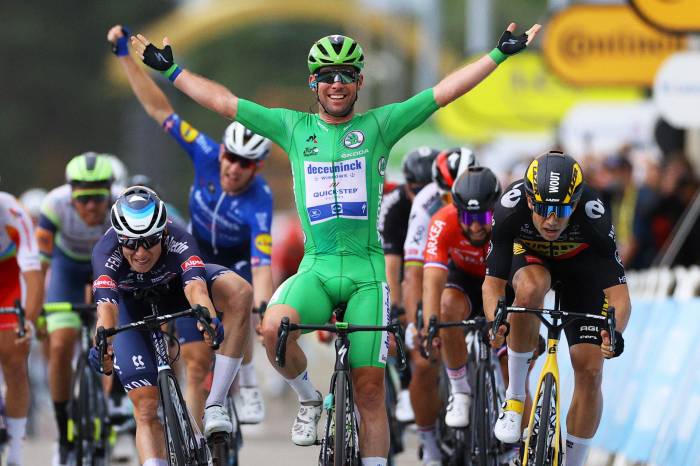The ENVE Melee is the brand’s mass-produced road race frame, and it won its first Tour de France stage last weekend. WorldTour professionals demand maximum power transfer, minimum weight, and the least aerodynamic drag.
So it was a total surprise when I unboxed the frame and discovered it had threaded fender mounts, wide tire clearance, and shockingly low-profile tubes. What? Why would ENVE do that? After only a few rides, I knew.
The ENVE Melee didn’t ride like it was laser-focused on winning races. It felt like ENVE instilled some fun and daily usability into the bike’s DNA. This became clearer as the months and miles tallied up as the ENVE Melee did duty as my long-term mule for testing wheels and other components for over a year.
In short: The ENVE Melee possesses the data-driven and performance-oriented attributes WorldTour competitors require. But it had the additional endearing ability to deliver a fun and surprisingly practical ride. The Melee delivered a tantalizing mixture of speed, comfort, and usability that belies its Tour de France stage-winning pedigree. If you want to go fast but don’t want the negatives that come with a full-aero race bike, the ENVE Melee delivers.
- Frame material: ENVE M.O.D. carbon
- Fork: ENVE M.O.D. carbon, five different rakes
- Bottom bracket: T47 inboard bearing
- Sizes: 47, 50, 52, 54, 56, 58, 60cm
- Seat post: ENVE Aero
- Integration: Full internal cable and hose routing
Pros
- Great combination of aero, light weight, and compliance
- More practical than other race bikes with fender mounts and 35c tire clearance
- Good road surface feedback
- Lively feel to rider inputs
Cons
- Expensive
- Muted paint and graphics for those who like more bling
The GearJunkie ENVE Melee Test Mule

Unboxing the Frameset
Outfitting the ENVE Melee


But Is It Aero?

ENVE Melee Ride Impressions

Damping Characteristics
Response to Road Surfaces

Response to Rider Inputs
Frame Geometry Effects
Component Package Performance

Shimano Dura-Ace
Shifting
Braking

Ergonomics
ENVE SES 3.4 Wheelset
Conclusions on the ENVE Melee Road Bike












